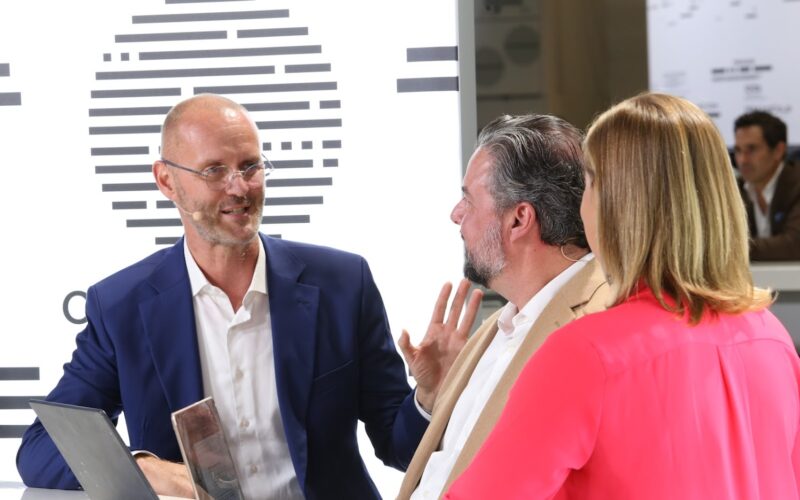Autonomous driving is based on the principle that a car’s engine can be governed by technology without constant human interaction. Celonis SE is applying this same approach to business operations through its Orchestration Engine, according to Rudy Kuhn (pictured), lead transformation evangelist at Celonis.
Celonis’ Rudy Kuhn talks with theCUBE about the Celonis Orchestration Engine.
“If you think about autonomous cars, you need situational awareness…you need a system of values, you need a roadmap,” Kuhn said. “We know what the process should look like because we defined the process with business process management. We have Orchestration Engine really to operate the systems and the organization. Your business operations like accounting will become autonomous where humans are only managing the exceptions and providing the guardrails.”
Kuhn spoke with theCUBE Research’s Savannah Peterson and Rob Strechay at Celosphere 24, during an exclusive broadcast on theCUBE, SiliconANGLE Media’s livestreaming studio. They discussed how the Celonis Orchestration Engine is providing customers with new capabilities for managing key business operations. (* Disclosure below.)
Multiple automations through the Celonis Orchestration Engine
The Celonis Orchestration Engine allows companies to optimize processes based on real-time, end-to-end process intelligence. Multiple automations can be created and managed simultaneously through process intelligence the engine receives from the Celonis platform. Solutions such as this exemplify how the business world is increasingly adopting autonomous technologies to manage operations.
“Recently, I met with the chief digital officer from a large insurance company, and he told me they are processing claims automatically with AI,” Kuhn said. “But if AI decides not to pay, then this is an exception for them…they will have some humans look into it, talk to the customer, reinvestigate and really try to understand if this claim is legitimate or not. Because he said, ‘The biggest threat for us is not to pay if it’s a real claim, because this would drive the customer crazy. But if AI says pay, we do.’”
The Orchestration Engine relies on the Celonis Process Intelligence Graph to make dynamic decisions that can drive key business outcomes. It provides yet another example of how an ability to mine process data can help create a series of automations that ultimately make an enterprise more efficient.
“We have the capability to extract data from various systems, so basically there’s almost no limitation to the extraction,” Kuhn explained. “We can really utilize and analyze processes end-to-end, no matter how many systems it crosses, no matter how many systems are involved. This gets you a visibility into the real situation as it is, like no other technology in the world.”
Here’s the complete video analysis, part of SiliconANGLE’s and theCUBE Research’s coverage of Celosphere 24:
(* Disclosure: TheCUBE is a paid media partner for Celosphere 24. Neither Celonis SE, the sponsor of theCUBE’s event coverage, nor other sponsors have editorial control over content on theCUBE or SiliconANGLE.)
Photo: SiliconANGLE
Your vote of support is important to us and it helps us keep the content FREE.
One click below supports our mission to provide free, deep, and relevant content.
Join our community on YouTube
Join the community that includes more than 15,000 #CubeAlumni experts, including Amazon.com CEO Andy Jassy, Dell Technologies founder and CEO Michael Dell, Intel CEO Pat Gelsinger, and many more luminaries and experts.
THANK YOU
Source link
lol

